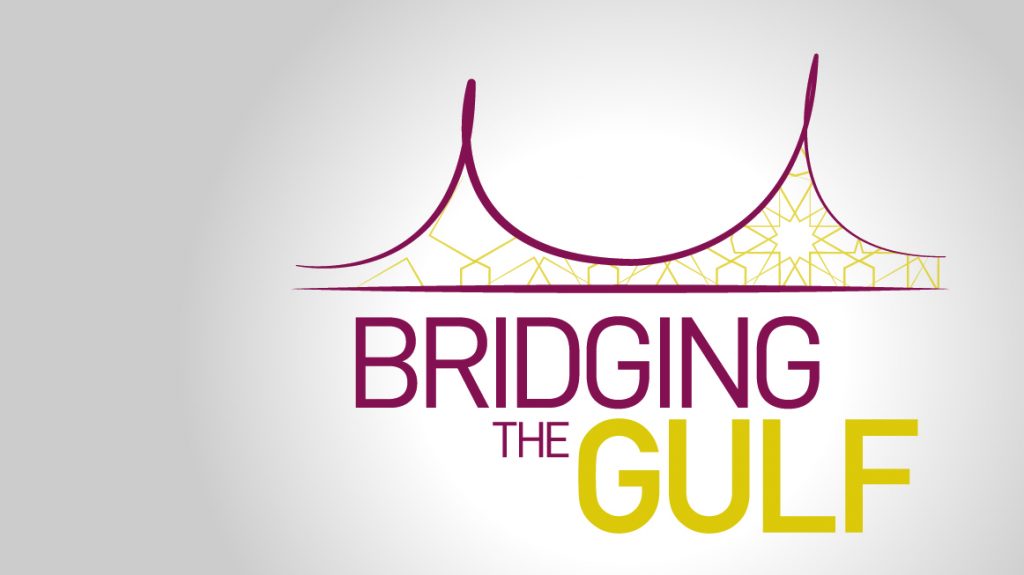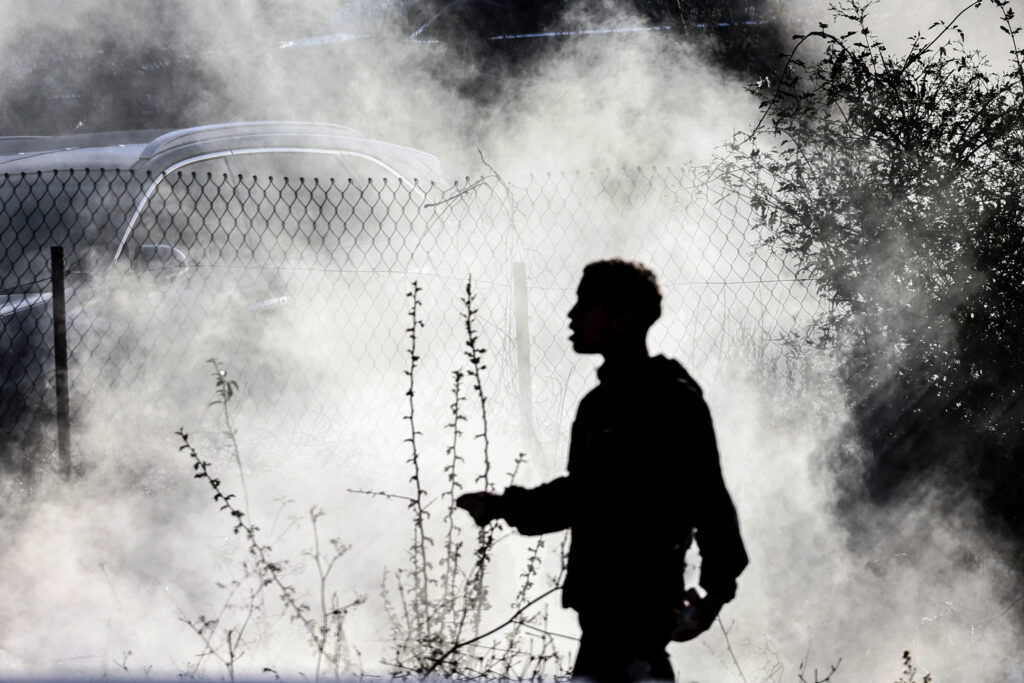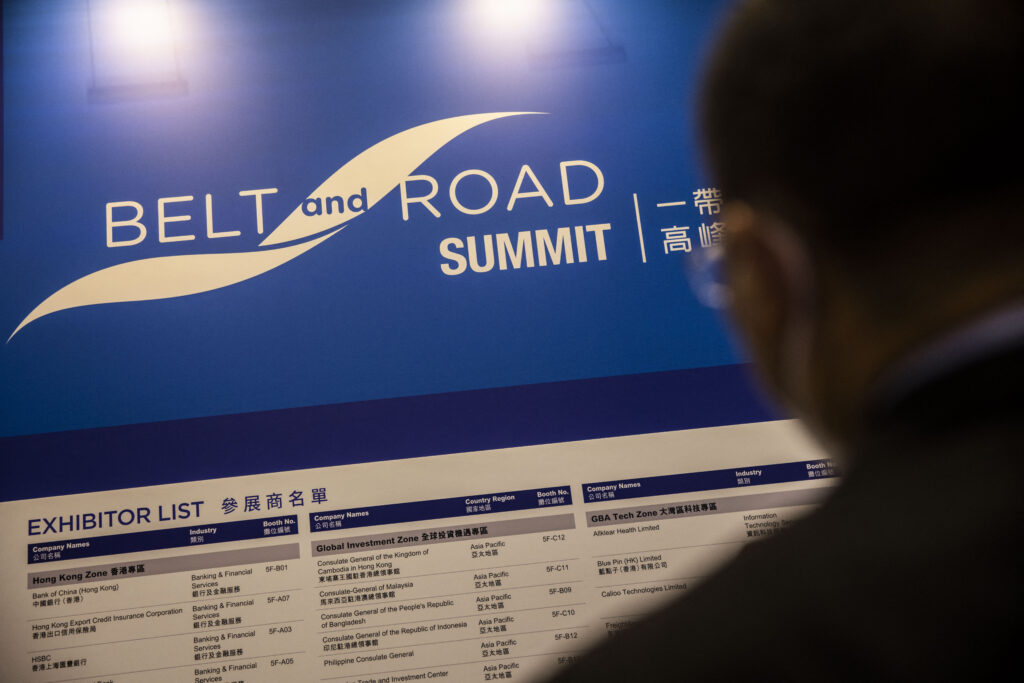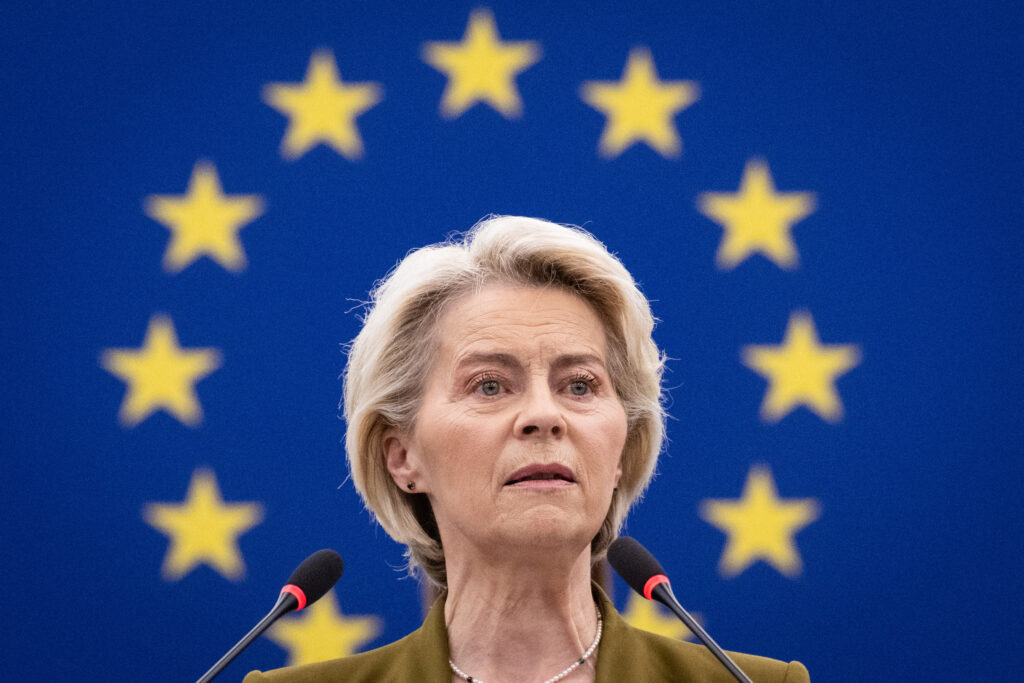Did you know that the UAE is a federation of seven emirates which are governed by six ruling families? How did Dubai achieve global prominence to an extent that many rave about its economic model? This webinar approaches the UAE’s evolution through a socio-historical lens in the following order:
- The UAE as a federal government
- The prehistoric times (3000 B.C to 600 A.D), the Islamic era (600 to 1500 A.D) and onward to a period of transformation (1500 to 1820 A.D)
- Britain and the Trucial States (1820 to 1945)
- Political leadership under Abu Dhabi
- The achievements of the Nahyan family, from Sheikh Zayed bin Sultan to Sheikh Mohammed bin Zayed
Speaker: Dr Aqil Kazim Abdulfattah, UAE University

Dr Aqil Kazim is an Assistant Professor in the Department of Government and Society/Sociology Programme at the United Arab Emirates University, Al Ain, UAE. Dr Kazim received his MA and PhD from American University, Washington, DC. He is the author of The United Arab Emirates AD 600 to the Present: A Socio-discursive Transformation in the Arabian Gulf. He served as Dean of Students at American University, Sharjah and as Chair of the Sociology Department at UAEU. He has published numerous articles, including The Rise of Dubai: A Social History of the Commercial Cities in the Gulf and The Construction of the Pearl Industry in the UAE Region in 1869 -1938: its construction, production, and decline. He has also presented in many conferences on topics such as UAE’s demography, urban development and consumerism and edited the Emirati Studies textbook as well.
For the reading materials for this session, please click here.
Listen to the full event here:
Watch the full event here:
A summary of Session 6’s proceedings can be found below.
Bridging the Gulf Episode 6: The UAE: Federation, the Dubai Model and Abu Dhabi Leadership
By Herman Lim, Research Assistant, Middle East Institute, National University of Singapore
Having already covered both Oman and Saudi Arabia in previous country-centric episodes, this 6th talk in MEI’s Bridging the Gulf series focuses on the United Arab Emirates (UAE), its history and contemporary reality. Host of the series and Research Fellow at MEI, Clemens Chay kicked off the discussion by emphasising that the UAE, like other Gulf states, has ruling families with strong tribal affiliations. What makes the UAE unique, however, is that it is a federation of seven emirates with Dubai and Abu Dhabi acting as its economic and political centres respectively. Each emirate has its own ruler and ruling family, some with close interconnections. The ruling families of Dubai and Abu Dhabi, for example, come from different branches of the Bani Yas tribe. The UAE, today, is famed as an economic powerhouse, having seen its dramatic transformation taking place in the last 50 years alone. The country had even sent its own space probe, the Hope (Al-Amal), to Mars—reaching the planet just earlier this year on 9 February 2021. With such vast advancements within a short period of time, the talk by Dr Aqil Kazim from the UAE University will look at the long history of the UAE, contextualising the contemporary developments of the nation-state.
Introduction: Location, Composition, Population and GDP
Dr Kazim began his talk by providing some basic facts about the UAE. Located on the Persian Gulf, the country has a long coast—640 kilometres on the Gulf itself, and 90 kilometres facing the Indian Ocean. These coasts were home to historical mercantile settlements that connected the area to the wider Indian Ocean through maritime trade. Surrounded by Saudi Arabia, Oman and Qatar, the UAE consists of seven emirates: Abu Dhabi, Dubai, Sharjah, Fujairah, Ajman, Umm al-Quwain and Ras al-Khaimah. With a population of about 10 million, there are presently 200 different nationalities residing within the UAE, with 11 per cent being local Emiratis. The majority include South Asians, Europeans and Arabs from other states. It is also highly diverse in terms of religion: 70 per cent Muslim, 10 per cent Christian, 10 per cent Hindu, 5 per cent Buddhist and 5 per cent others. The country also has one of the highest GDPs, with US$421.14 billion recorded in 2019.
A brief socio-economic history of the Gulf within the global context
(1) The pre-Islamic period, before 600 C.E.
Moving on to its socioeconomic history, Dr Kazim discussed how the area that is now the UAE was once home to an important civilisation called the Magan in 3000 B.C.E. It was connected to other civilisations, including the Meluhha in the Indian subcontinent and the Dilmun in Bahrain. The civilisation also had strong links with more well-known civilisations in Mesopotamia (present day Iraq), like the Sumerians and Akkadians. The region was especially important because of the presence of copper. Archaeological records suggest that the extraction and export of copper was central to the Magans’ way of life, who imported different goods from other parts of the Gulf and Indian Ocean in exchange. Therefore, the strategic location of the UAE has long roots, going well into prehistory. Ruins from this period such as tombs and settlements have been excavated, including the famous settlement of Ed-Dur, an important ancient Arabian city in today’s Umm al-Quwain. Within the settlement, pottery of India was also discovered, reaffirming the cosmopolitan trade links between the Gulf and the wider Indian Ocean even at this early stage of history.
(2) The Islamic period, 600-1500 C.E.
During the Islamic period, the area of the UAE was dominated by one settlement in particular: Julfar – an important trading town on the coast in today’s Ras al-Khaimah and the principal port for all trade moving inwards towards south-eastern Arabia. Islam had expanded into Persia, India and Southeast Asia, following similar maritime trade routes across Indian Ocean and South China Sea that characterised the earlier history of the region. Other than Julfar, other mercantile cities that rose in this period included Sirat (600-1000 C.E.), Qais (1100-1300 C.E.) and Hormuz (1330-1500 C.E.).
Dr Kazim also wanted to highlight one of the most famous navigators of this period: Ahmad ibn Majed (1421-1502 C.E.). Born in the area now known as Ras al-Khaimah, he had written the Kitab al-Fawa‘id fi Usul ‘Ilm al-Bahr wa ’l-Qawa’id, or The Book of the Benefits of the Principles and Foundations of Seamanship in 1462 C.E., which discusses how one can reach the Mediterranean by ship via the Cape of Good Hope from the Persian Gulf. Therefore,
Dr Kazim stressed that non-European knowledge of these trade routes certainly predated the Portuguese and wider European ‘discovery’ of the access to the Indian Ocean from the southern tip of Africa.
(3) Transformation period, 1500-1820 C.E.
This period is characterised by Portuguese attempts to control maritime trade routes within the Indian Ocean. Contrary to previous arrangements, where indigenous traders traded amicably with each other across the littoral of the Indian Ocean, the Portuguese very much intended to monopolise whole commodities, such as pepper, which was a very lucrative trade at the time. Waging warfare and destruction, there was an overall decline in trade across the entire Ocean, as the Portuguese attempted to enforce monopolies and prevent others from accessing trade.
(4) Colonial period, 1820-1971 C.E.
Colonialism sinks even deeper across the Indian Ocean during this period, with France and Britain gradually taking over large swaths of territory either by force or through unequal treaties. Within the area of the UAE, mercantile tribal groupings called Al-Qawasim now controlled the whole area. One of these tribes is the Bani Yas, who dominated the Iranian coast on the other side of the Persian Gulf. Trade with India remained restricted following Britain’s establishment of the Raj in the subcontinent. The British then attempted to take on a more active role in policing the security of the Indian Ocean with the strength of its naval power.
The British then attacked Al-Qawasim in 1809, destroying all its coastal cities. Between 1819 and 1820—the same year Raffles establishes a British port in Singapore—the British signed an agreement with all the sheikhs in the area, including that of Bahrain, Qatar and Kuwait, in order to establish protectorates and colonies in the Persian Gulf. The British also introduced the concept of ‘piracy’ within the Persian Gulf to justify their military actions. Sultan Muhammad al-Qasimi’s work, The Myth of Arab Piracy in the Gulf, dispelled this myth, emphasising that the ‘pirates’ the British were talking about were simply fair merchants and traders.
In order to subject the UAE to the wider global capitalist market, the British also developed the region’s pearl industry between 1869 and 1938. Banning all other native trades, the cultivation of pearls was heavily prioritised. By the time the Suez Canal was completed, the Gulf colonies from the UAE to Kuwait specialised in only one product – pearls and all other trades were decimated. In terms of statistics, 12 million pounds worth of pearls were exported from the Gulf in 1913 alone, up from 50,000 pounds in 1744.
(5) Post-colonial period and the formation of the UAE: 1971 C.E. to date
With the British pulling out of the Trucial States in 1971, Sheikh Zayed bin Sultan Al Nahyan was instrumental in pushing for the union of the seven emirates, creating the UAE as we know it today, and serving as its first president. The country celebrates its Union Day on 2 December 1971, with this year being its 50th anniversary. While Qatar and Bahrain were also invited to join the union, the two countries rejected the proposal. The whole development and rapid transformation of the UAE took place under Sheikh Zayed’s watch.
Dubai as an economic model for the region
Dubai’s continued economic miracle, said Dr Kazim, rests on its ability to diversify its economy. While much of the initial development was funded heavily by the extraction of oil, only 3 per cent of its economic revenues came from oil in 2019. All other sectors, such as finance, industry, tourism and retail, form the bulk of Dubai’s economy today. Dubai’s success has been in large part also due to the creation of free zones and the development of infrastructure.
Under Sheikh Rashid, the airport was rebuilt, allowing greater global connectivity to the city and the creek was also deepened to allow larger ships to port in the city’s harbour. The Jebel Ali port in 1972, which is the biggest manmade port in the world, was finished in 1979. Under his son, Sheikh Mohamed bin Rashid Al Maktoum, who became crown prince in 1995,
Port Rashid was further developed and Dubai’s airport was further expanded. The creek was also made more attractive to tourists.
Sheikh Mohamed bin Rashid made Dubai a free zone in 1985, attracting many multinational companies. With more than 7,000 global companies in the city today, of which 600 are Singaporean, Dubai has capitalised heavily on the concept of the free zone to keep the city competitive and lucrative for business.
Abu Dhabi as a leadership model for the region
As the first president of the UAE, Sheikh Zayed provided local citizens with free education, housing, employment and healthcare. Infrastructure, schools, hospitals and local institutions were built up for local Emiratis. With local needs met, his son Sheikh Mohammed ibn Zayed further pushes for the empowerment of citizens, regardless of gender, religion or ethnicity.
A policy of tolerance towards immigrants has always characterised the leadership stance of the UAE and regionally, Sheikh Mohammed bin Zayed is pro-peace and pushes for security in the region. Branding 2019 as the Year of Tolerance, the Abrahamic House was unveiled within the UAE, where a church, mosque and synagogue will be built side by side in the country in a statement for peaceful coexistence between the religions.
The UAE also leads the world in global philanthropy. For the 5th year running, the Organisation for Economic Co-operation and Development named the UAE as the largest official development aid donor, relative to national income, after it gave 19.3 billion dirhams to 147 countries in 2017. Signing a Comprehensive Partnership in 2019 with Singapore,
Dr Kazim ended on the note that countries like the UAE and Singapore are models for leading the way in new developments in peace, clean energy and co-operation.





